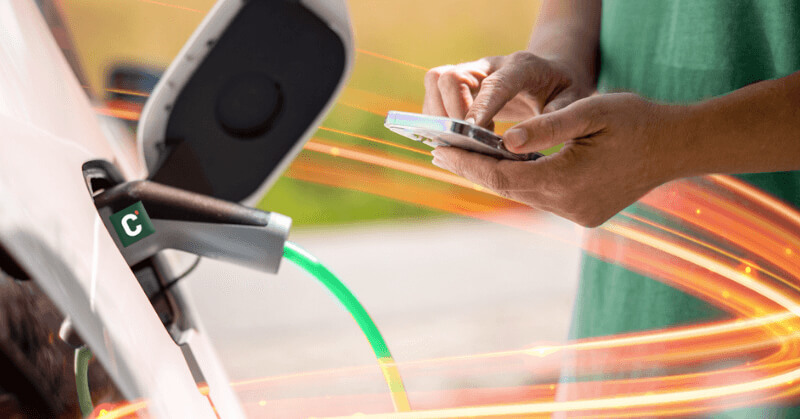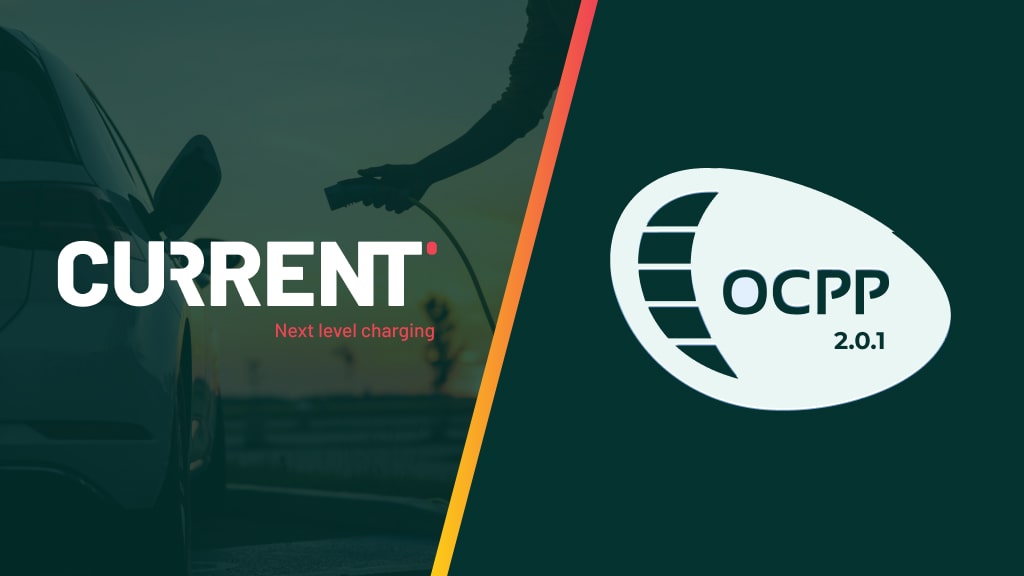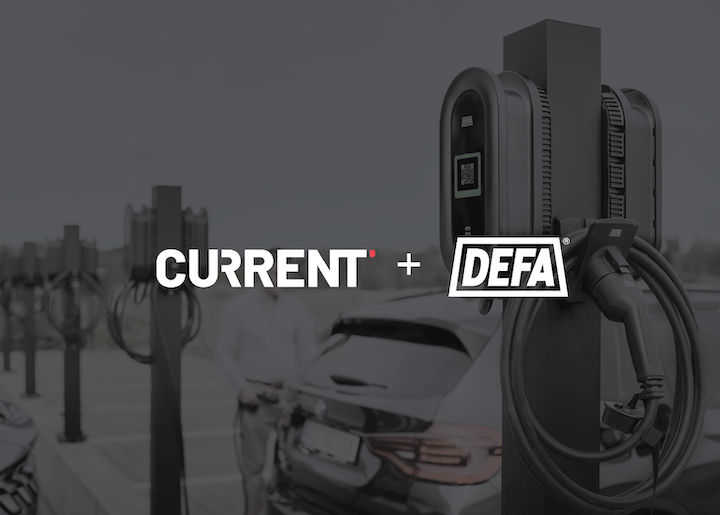
We’ve talked about spot pricing before, but there are layers to this feature. One thing we’re particularly focused on is the needs of our customers — in this case, charge point operators (CPOs).
The questions we’ve been asking include:
- What do CPOs need from spot pricing?
- What do they want in this feature?
- What problems will it help solve?
Spot pricing is something our customers are getting excited about, and rightly so. To summarize, spot pricing enables the invoicing of the exact cost of energy at any time. The kilowatt-hour energy cost is dictated by the intraday market, and that information is then gathered to ensure that the exact cost of charging is covered at the charge point. The EV charger management software ensures that the price is correct for the time of day.
This means end-users are incentivized to charge when it’s cheapest, load management is easier to balance, and – crucially – CPOs get paid accurately for the energy they provide. The fairest price trickles all the way down the chain, and operators aren’t left footing the bill. Let’s dig deeper into what CPOs want from spot pricing.
The problem with fixed pricing
Fixed pricing doesn’t take into account any fluctuations in energy costs. When prices fluctuate dramatically as they have been doing in recent months, all parties are likely to lose money. The war in Ukraine has opened a lot of people’s eyes to electricity and what they are actually paying for, and this new awareness presents an opportunity for spot pricing going forward.
Going forward, CPOs need to use spot pricing in order to remain relevant. It’s not enough to simply implement this feature, however. To tap into the potential of spot pricing, you need to integrate it in collaboration with the rest of the value chain. This fosters transparent communication and builds trust with your clients.
At uncertain times like this, spot pricing is a future-proofing tool for CPOs. With spot pricing, you never have to sell power for less than it’s costing you, giving you a safety net. None of us have a crystal ball telling us what the price is going to be for the consumer in the future, but spot pricing is an easy model to understand and allows every part of the chain to understand where the price is coming from.
How spot pricing benefits everyone
It all comes down to who has the power contract. If the CPO controls the contract, it is in their own interests to reduce power consumption when the price is high. If they don’t have the contract, they’d probably want to link up to a power subscription based on the spot price. The owner of the charging station wants to make sure they’re getting the right amount of money per kilowatt hour, and for the EV driver – the end-user – seeing the spot price means they can choose not to charge when the price is high.
Everyone wants to utilize spot pricing to optimize the cost of charging, and everyone wants to make sure they’re not losing money or paying too much. But when the CPO is also the power company, there’s a big opportunity there. When the price is high, they can sell negative energy consumption to the energy market.
How this works is that when the EV driver wants to charge for cheap, the charge can be moved from, for example, 8 pm to 10 pm, when the price is completely different. The negative consumption can be sold by the CPO, while the vehicle is charged at 10 pm for a much lower price to the end-user.
The difference in price could be pure profit for the CPO, or it could be shared revenue between the different stakeholders involved. Society as a whole benefits from this, because it means you don’t need to increase the capacity in the grid, and everybody is getting cheaper charging if we do it properly, together.
How CPOs are affected by cheap energy
Imagine all end-users are now taking advantage of the cheapest energy times thanks to spot pricing – what happens then? It depends on the business model. If they have a fixed add-on for the kilowatt hour, it doesn’t matter. But if not, they could take part of the potential revenue created by selling a higher or lower load on the grid.
This creates flexibility, and as an aggregator of flexibility in the market, they could have a share of that revenue stream and choose to take a large or small part of it. It opens up new types of business models and enables both the location owners and EV drivers to become prosumers.
Spot pricing creates so much potential for CPOs, and the advantages radiate out across the value chain. There’s even the opportunity to charge a premium for a more sophisticated service in certain locations, like airports or hotels. The CPO can sell a higher service to the location owner and make more money in exchange for better functionality, or on the other hand, the energy is cheaper but the CPO owns and controls most of the revenue stream.
Either way, it’s a win-win across the board. Spot pricing is a safety net for CPOs, energy peaks are reduced, and end-users have the chance to make smart choices about the electricity they’re using.
To learn more about spot pricing and discover CURRENT’s other services, book a demo today.



